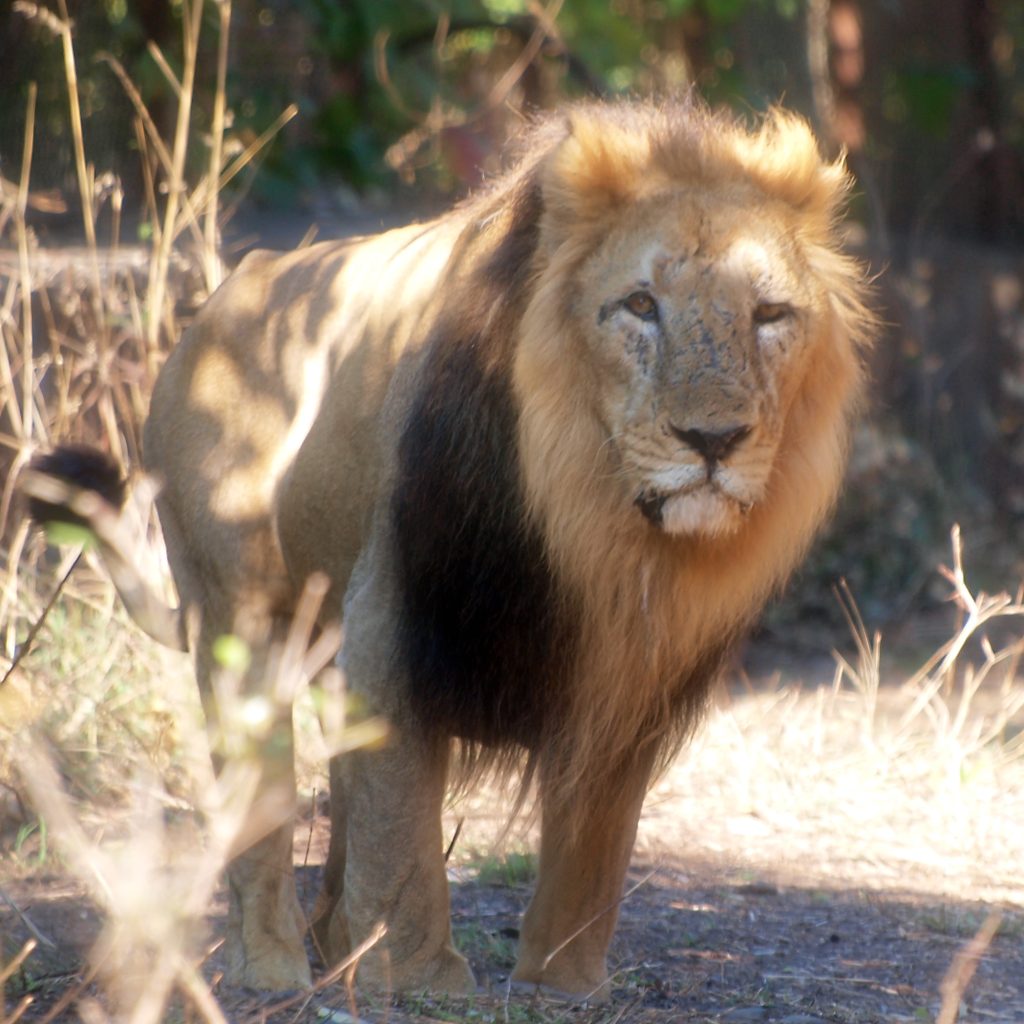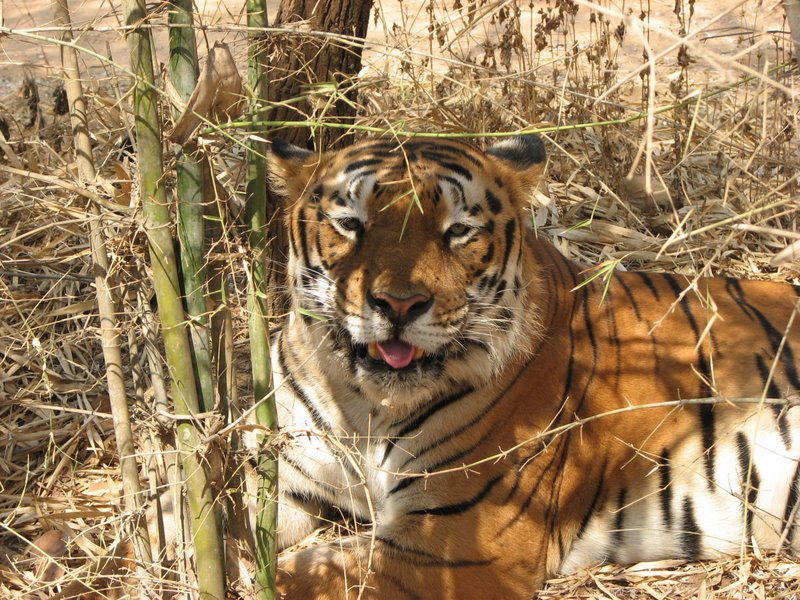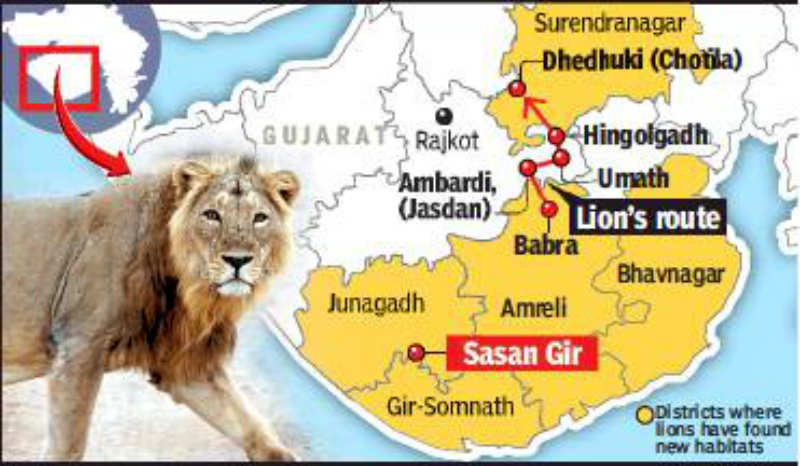It is a huge threat to a species if it is only found in one reserve. This I believe is common sense, and not hard to explain. If all the remaining members of a species live in one place, an unexpected event could wipe out the entire population.


Wildlife and conservation new, wild travel information and links for booking
It is a huge threat to a species if it is only found in one reserve. This I believe is common sense, and not hard to explain. If all the remaining members of a species live in one place, an unexpected event could wipe out the entire population.

Yesterday I wrote about the problem of tigers living as pets in the USA (https://seeanimalswild.com/2022/02/04/there-are-more-than-10000-tigers-living-in-the-usa-with-under-4000-in-the-wild/(opens in a new tab)
Today and over the next few days, I am going to try to do an overview of how the 12 tiger range countries have managed in their target of doubling tiger numbers in the last 12 years.

In 2010 it is estimated by WWF that India had 1706 tigers living wild within its borders. There are now estimated to be roughly 2967, which would mean an impressive growth but not meeting the doubling goal they have however claimed to have met it (often with lower starting figures). Still a population increase of 72% is not a bad showing in just 12 years. I should note that this number of 2967 is also listed on many pages as the number of tigers in 2018. So it is possible that they have increased the number further over the last 4 years – data is hard to find. One positive point for the future is currently wild tigers only live in about 10% of the potential 115,830 square miles of habitat. Either way, the Indian country is not satisfied with this number, and are aiming to increase numbers by a further 35%. One thing that has been recognized, is that reserves missing apex predators do not do as well. This is for a variety of reasons, but the main ones come down to regulating availability of grazing for too many herbivores. Mizoram’s Dampa reserve, West Bengal’s Buxa reserve and Jharkhand’s Palamau reserve are three tiger reserves within India which have no tigers.

There is an impressive wealth of cats living in India. From the Indian tiger (known throughout the world) to the Asiatic lions last home- the gir forests of west india (the asiatic lion once roamed across Asia, throughout southern Europe, across northern and western Africa – therefore there are probably more “Asiatic” lion in Africa than in Asia), 12,000-14,000 leopards remain in the country. The snow leopard also still roams mountains within the country. It also still has a population of clouded leopards. In other words, in terms of big cats, it has all species except Jaguar.
Continue reading “South African cheetah to be introduced into India”At the current time, there is only one home for the Asiatic lion. this is despite many millions spent to change this situation. For a decade Gir forest has been meant to transfer a handful of lions to Kuno reserve, in order to give them a second home.
Why is this important? We need multiple homes for Asiatic lions. There was recently a huge storm over their one home. It is not unthinkable for the Gir forest to be devastated by something similar.

The government of this part of India has declared exclusive rights to the lions – an absurd claim given these lions once roamed across Asia, north Africa and southern parts of Europe.
It would appear that lions are taking matters into their own hands (or paws). Gir forest has a lion density way too high, which is leading to high mortality from fights between males and infanticide to bring females back into oestrus
Lions are now regularly seen as far away as Madhavpur an area which would take hours to drive to (from Gir national park). They have also created new populations in Girnar, paniya Mitiyala reserves as well as in a whole host of unprotected zones.
One of the areas that the lions have been moving into is Jasdan-Chotila. Lions disappeared from this area about 150 years ago, but the area is still well suited to them. There are various species of prey, and leopards have survived in the area. There are various mitigations that locals would have to make to live comfortably alongside lions. There are also many wells in the area, which will have to have walls built around them, to stop the lions falling in. Lions falling to their deaths have been a significant reason that the Gir lion population has not grown bigger in recent years.
Still this is exciting, though it should force local politicians to look at the health of the lion population as well as their own bottom line as the only place to see Asiatic lions.
Tigers are still found in small populations across large parts of Asia, and as such, many millions of people live in relatively close areas to places that protect the wild tiger. A poacher in Bangladesh has finally been caught, it is estimated that he is responsible for the deaths of 70 tigers. Given the current population is thought to be between 300 and 500 in the whole of Bangladesh, this poacher alone could greatly increase the risk of local extinction in the near term.

The asiatic lion only continues to exist in the Gir national park. When this area was first protected, the lion population had fallen very low, some saying a matter of only a couple of dozen remaining members. In the 50 or so years since the population has multiplied well. Now are said to be around 400, spread across 1 contiguous protected area (under a number of different authorities – Gir Sanctuary, Gir National Park, Pania Sanctuary, Mitiyala Sanctuary, and Girnar Sanctuary. The first 3 form the core, with the others lying within dispersal range.

The problem is at these three have a combined area of about 561 square miles, which is an incredibly high density for lions.
Continue reading “Asiatic lions are found in only one place, yet local government authorities refuse to move any”Rajasthan madlyya Pradesh and Gujarat are all looking at potential sites were cheetah could be reintroduced. Given the precarious state of the cheetah population in Iran (thought to only be 50-60 animals) the reintroductions would come from Africa.
Continue reading “The possibility of reintroducing Cheetah to India is once again being looked at”India’s carbon emissions are lower than they have been at any time since 1982 two largely as a result of less oil and coal being burnt for transport and power generation.
Over the last two years a tiger in India has eaten 13 people. It is highly unlikely for a tiger to take to eating humans, but generally if one starts it needs to be removed from the wild. Due to the pressures on wildlife territories, and loss of surrounding lands, tigers are coming into contact with humans more often. This makes man eating far more likely. Continue reading “India coordinating a hunt for a man eating tiger”
The decline of the Asiatic lion occurred long before the decline of the African lion. Within the last 200 years lions were found across Asia into parts of eastern Europe. In ancient times they were even found in large parts of the Iberian peninsula, so from the furthest east of Asia to the furthest west of Europe.
Continue reading “A second home for Asiatic Lions”









Join as an ambassador supporter to
support this site, help save wildlife
and make friends & log in

